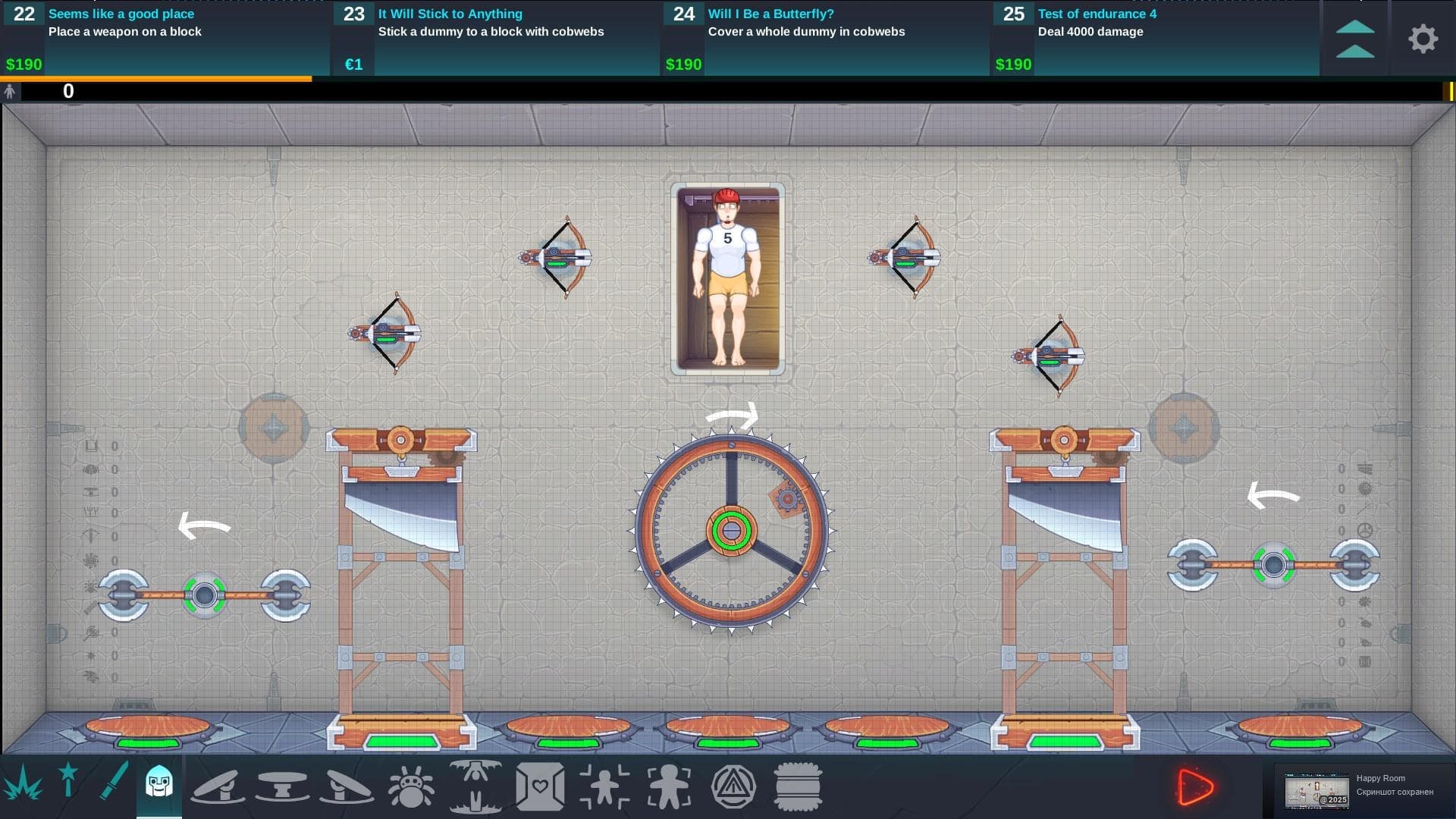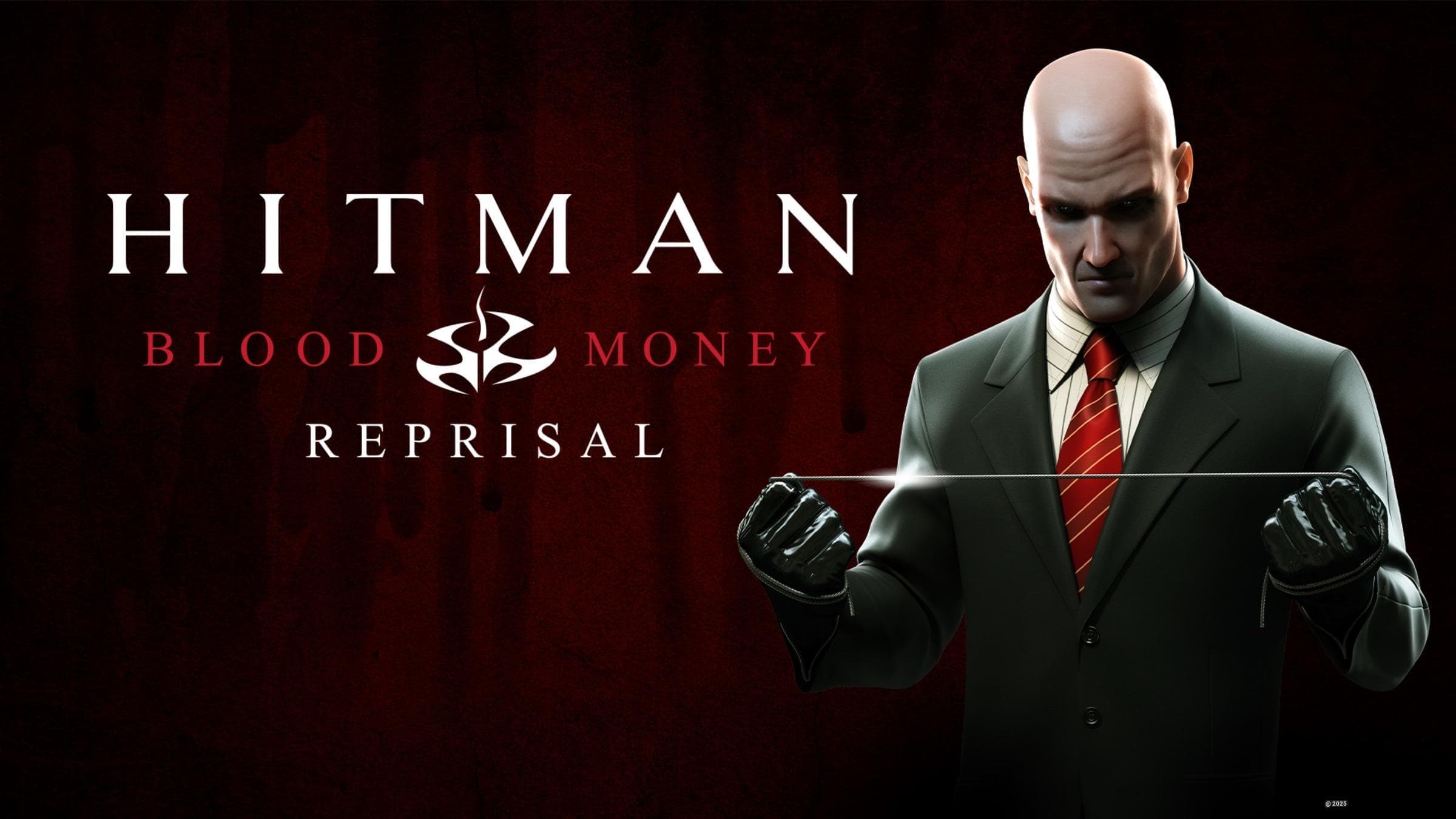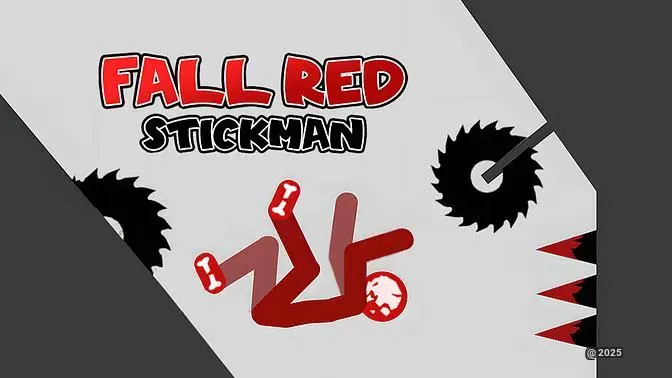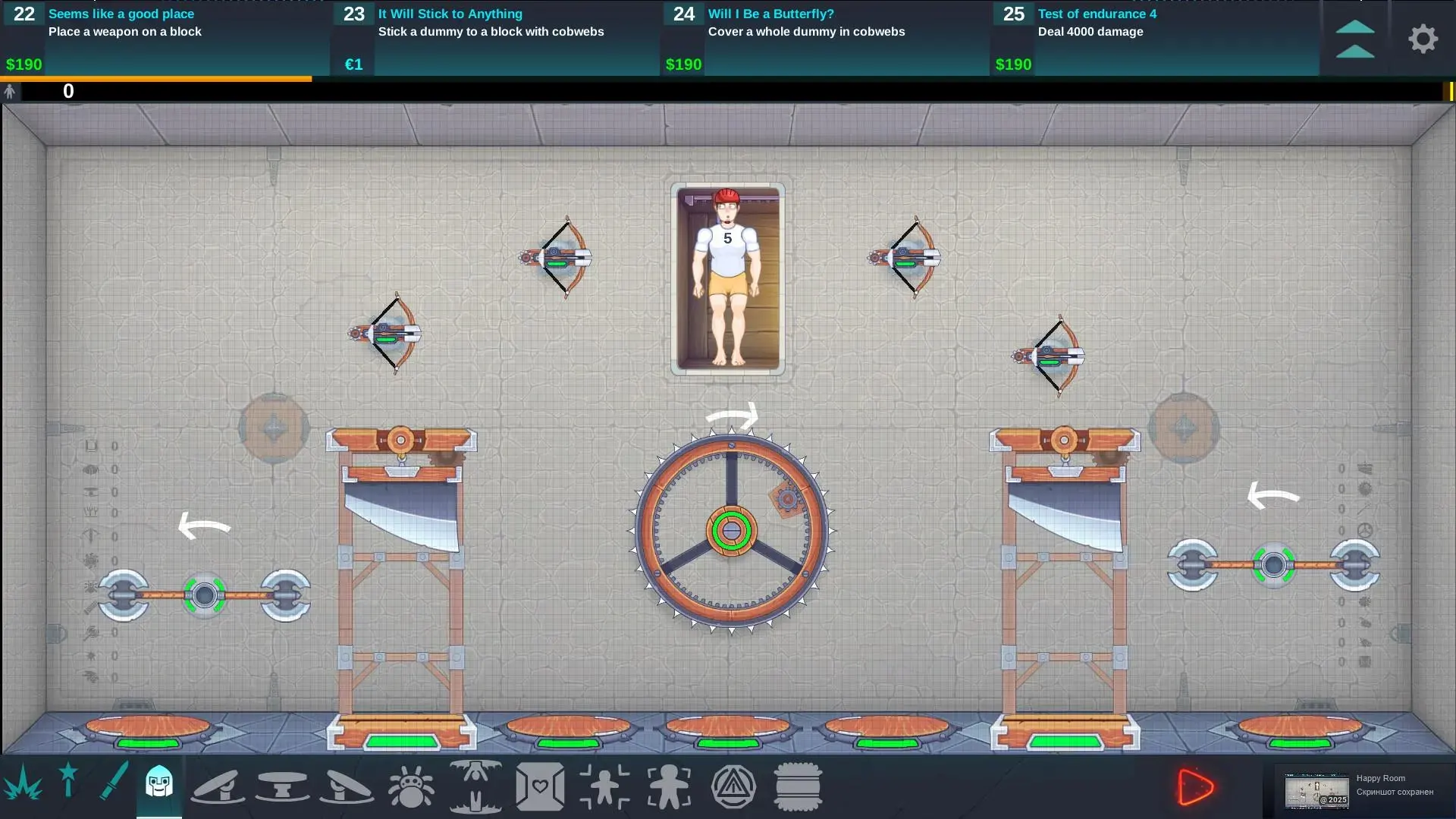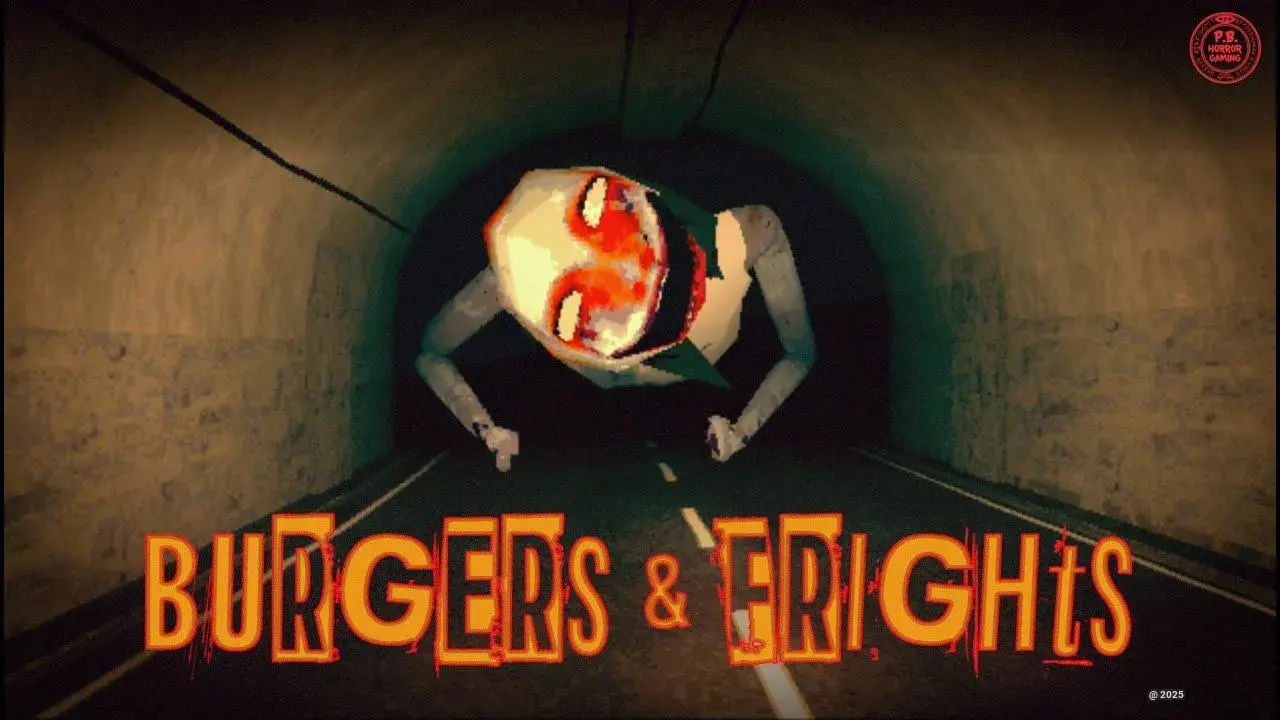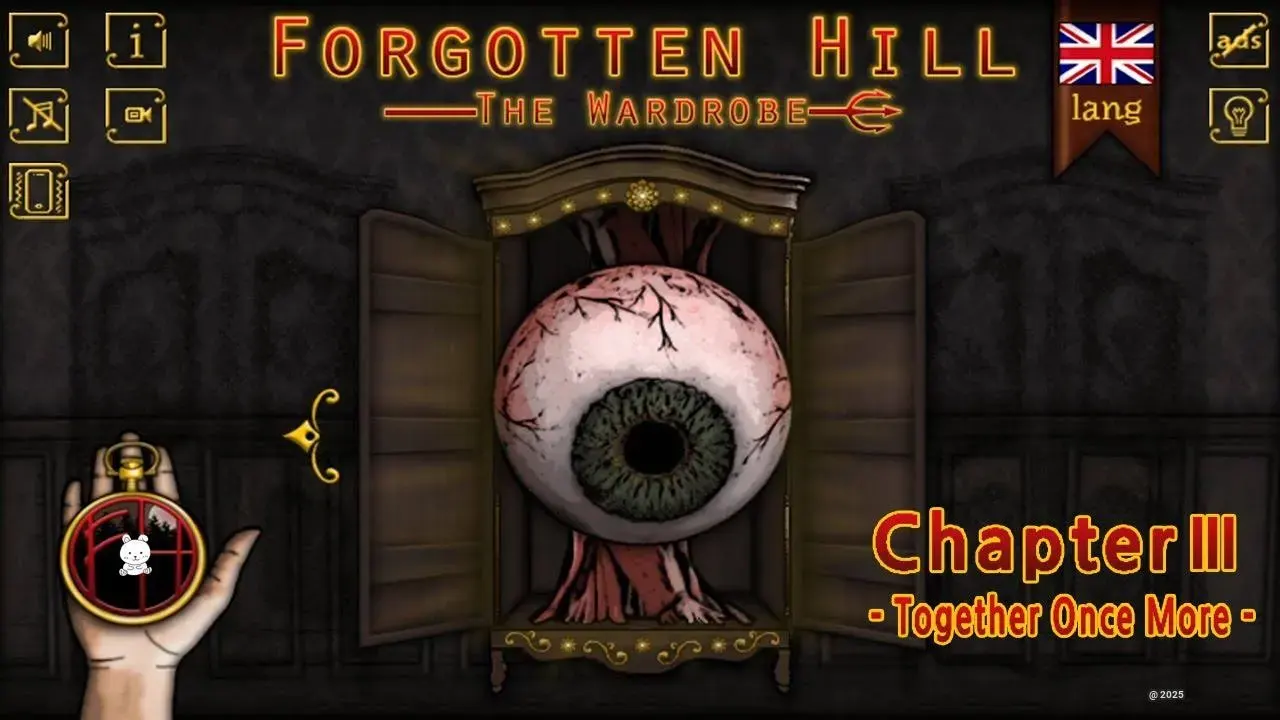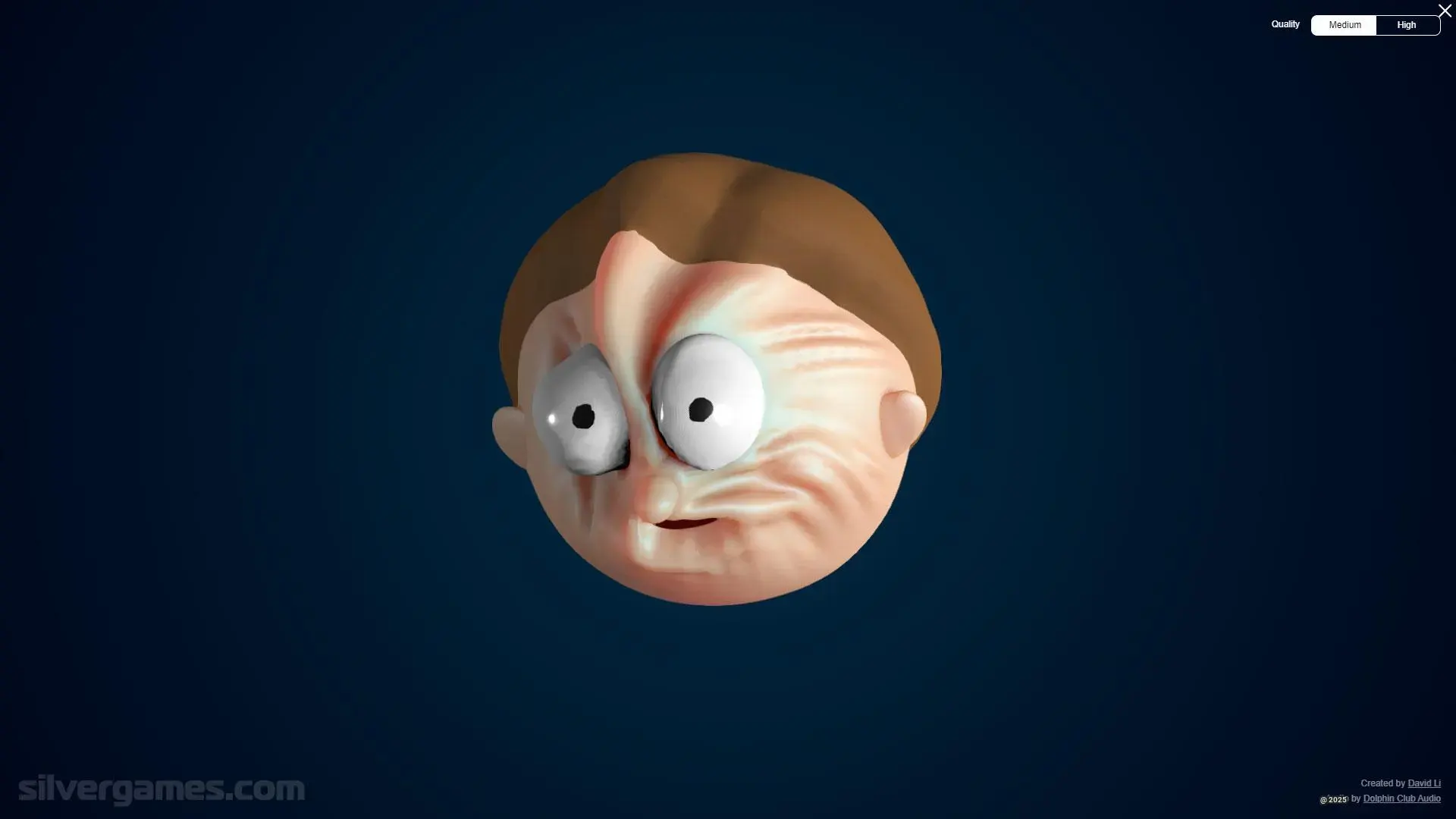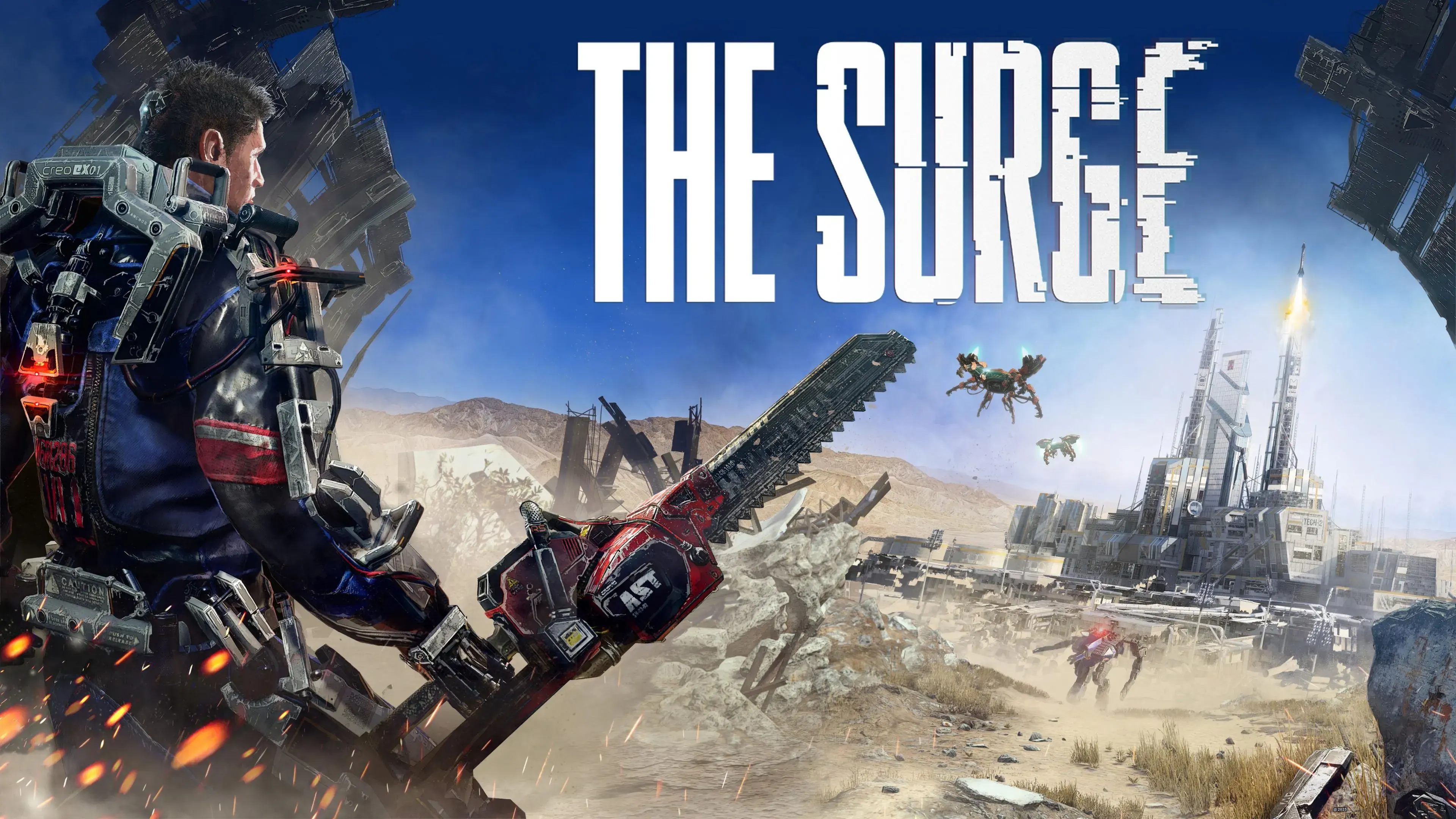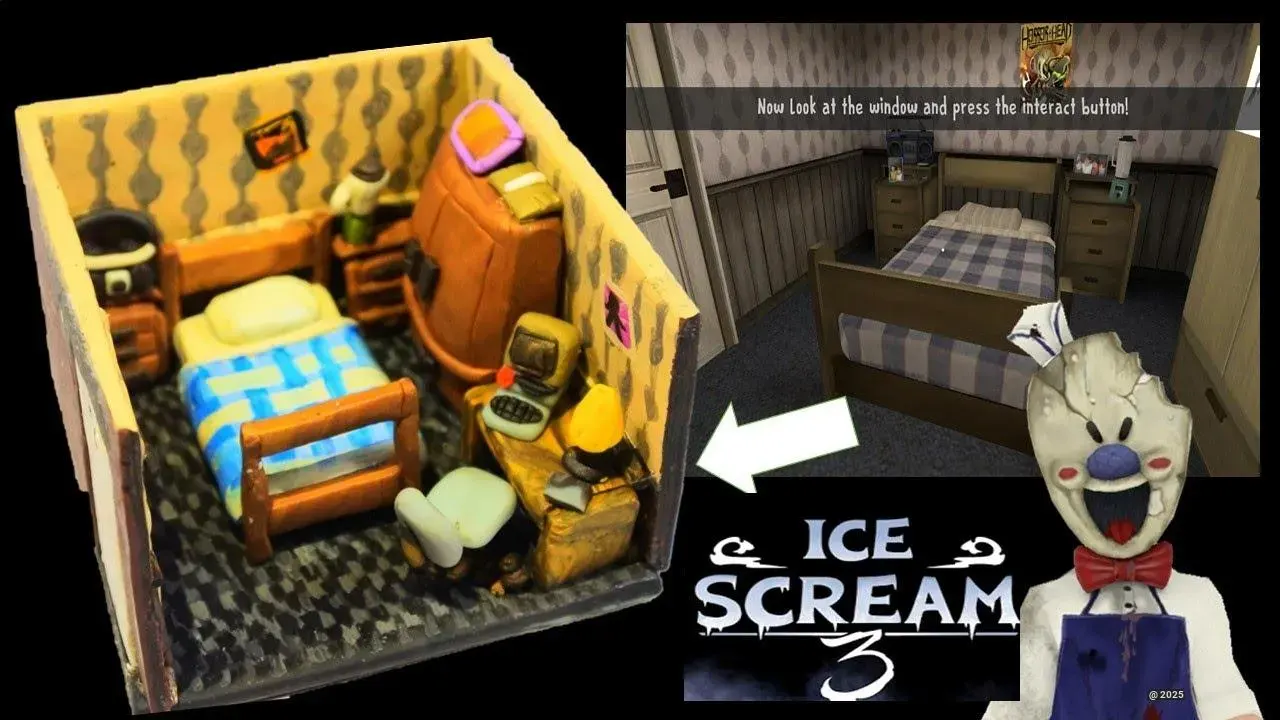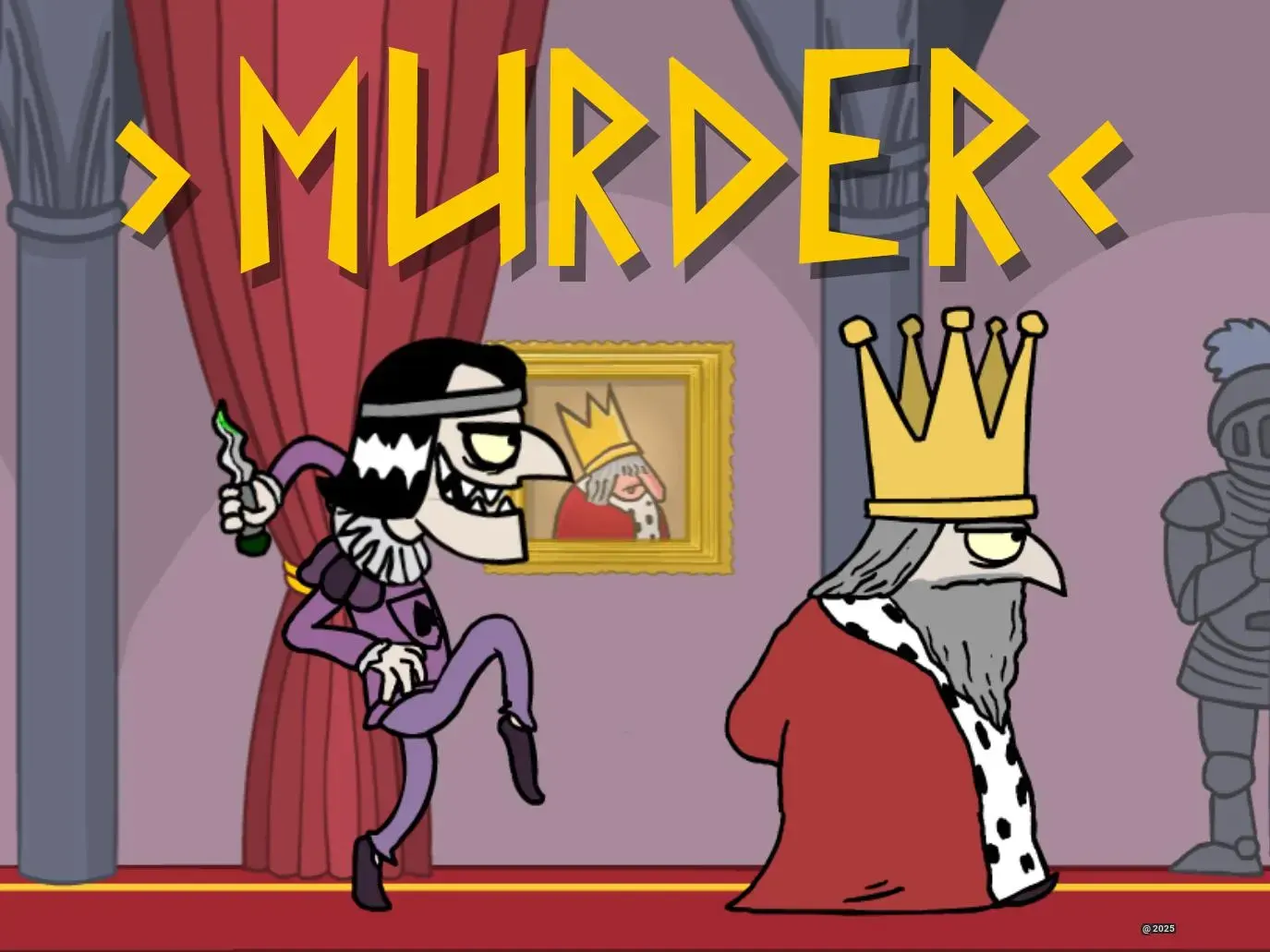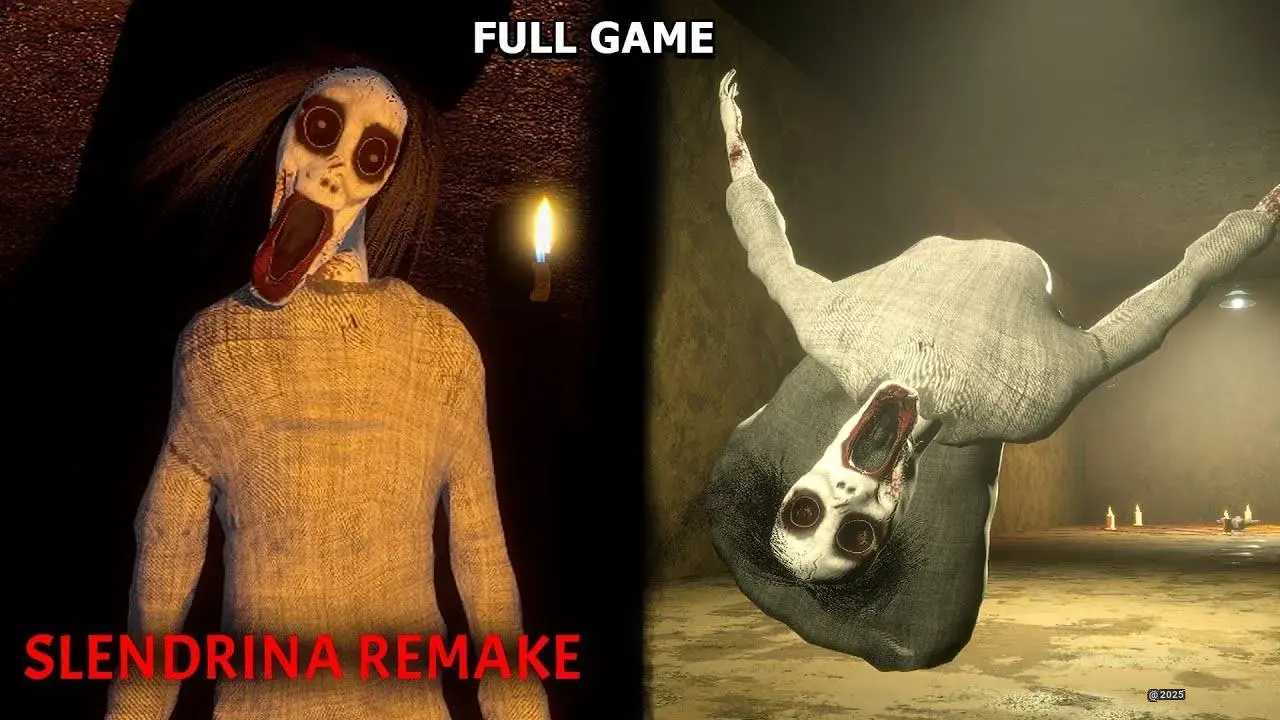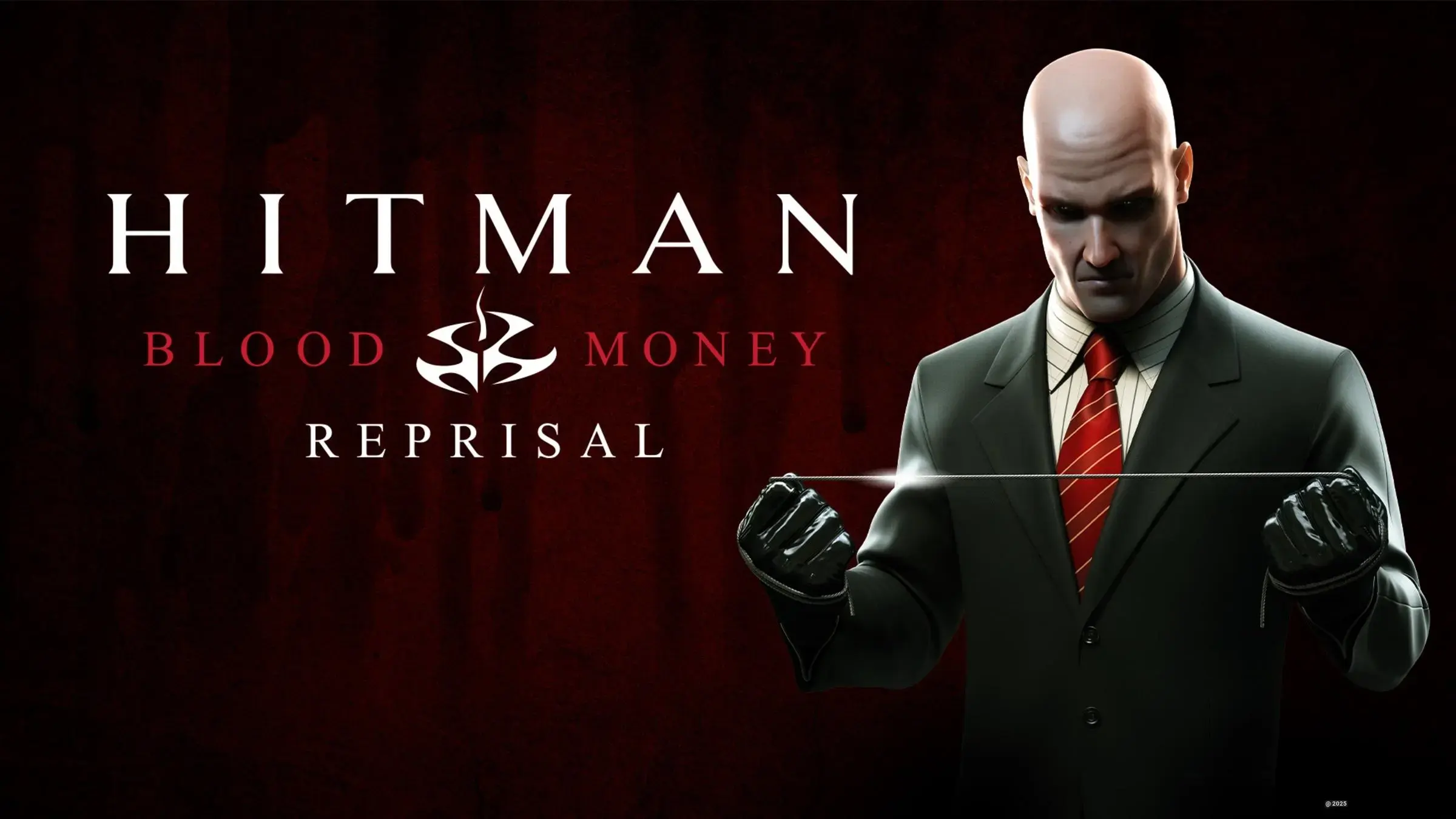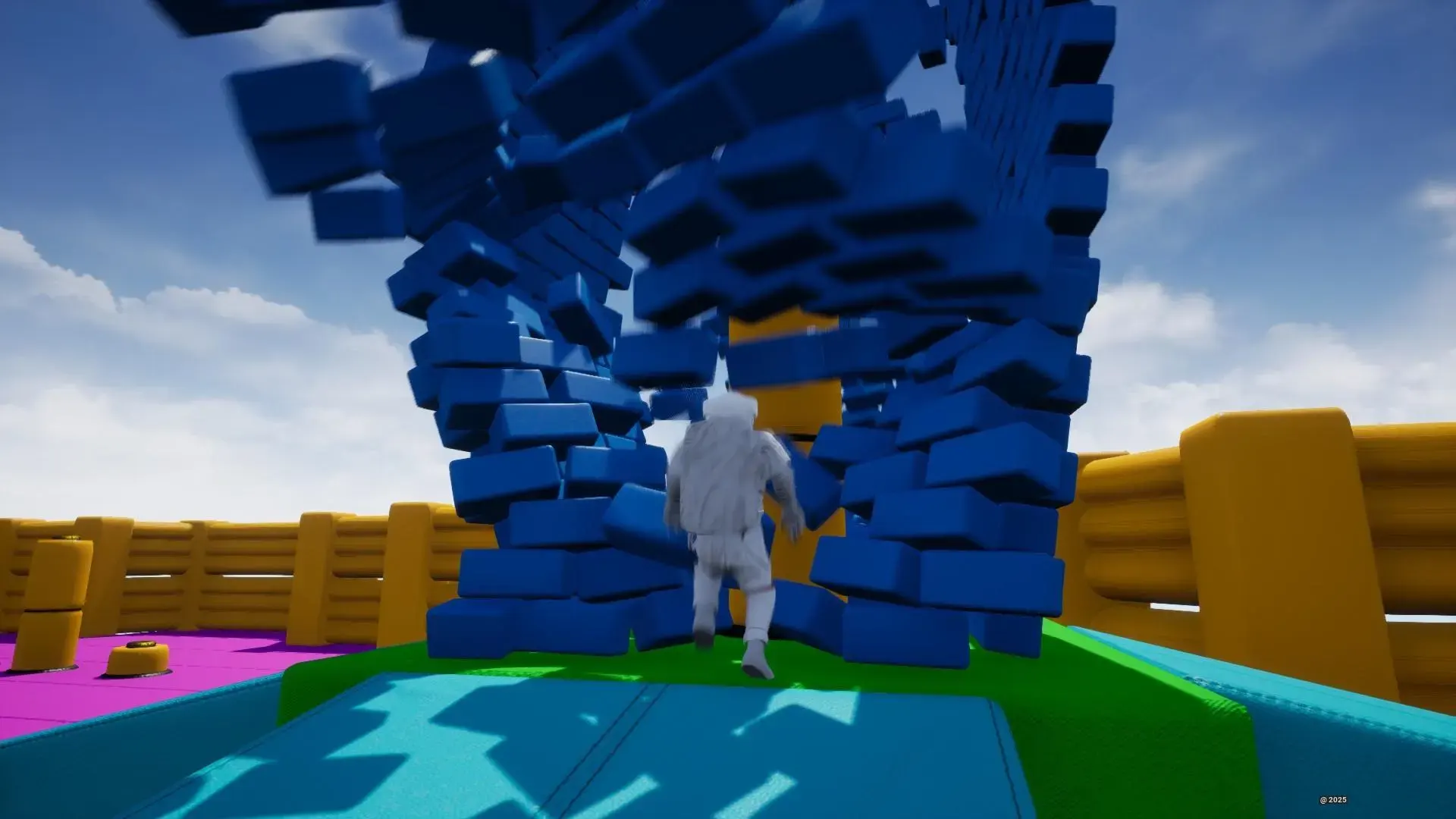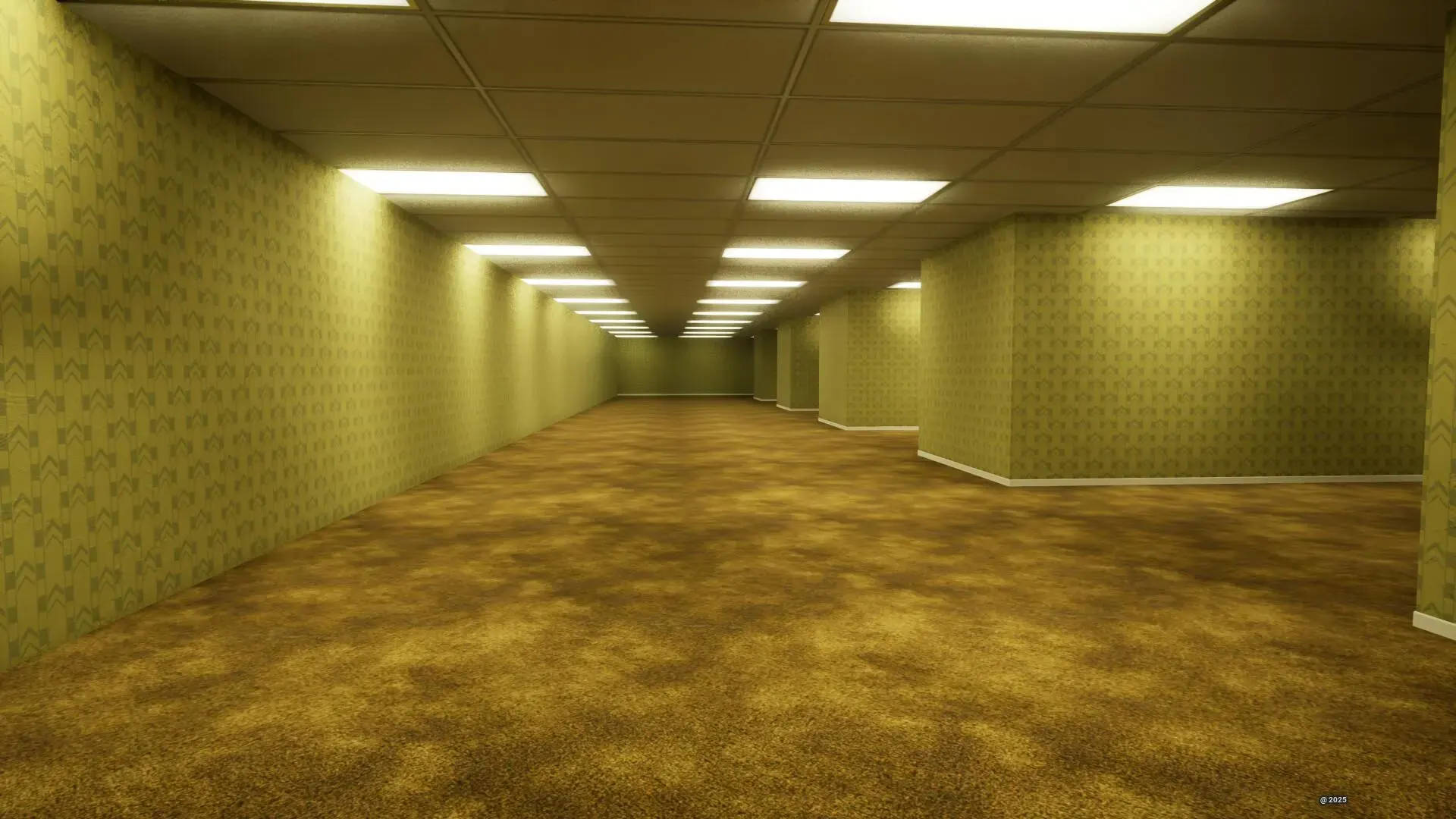Happy Room is a unique physics-based puzzle game that puts you in control of designing lethal test chambers. This twisted architect simulator challenges players to create the most efficient death-dealing obstacle courses while maintaining constant motion and maximizing damage scores.
Inside these clinical white chambers, you’ll transform from novice trap setter to master choreographer of chaos. Starting with basic tools like projectile launchers and rotating blades, you’ll soon graduate to crafting complex chain reactions that would make Rube Goldberg proud.
Key features that make Happy Room stand out:
- Physics-driven gameplay that rewards creative thinking
- Progressive unlocking system with new traps and modifiers
- Score-based challenges that encourage optimization
- Multiple trap types including explosives, springboards, and crushers
- Advanced mechanics like gravity manipulation and timed sequences
The real genius of Happy Room lies in its scoring system. Rather than just destroying the test dummy, you must keep it perpetually bouncing between hazards like a deadly game of pinball. Each successful hit builds your multiplier, turning simple trap setups into high-scoring symphonies of destruction.
The game’s clean, clinical aesthetic contrasts perfectly with its chaotic nature, creating an oddly satisfying experience as you fine-tune your death chambers. Whether you’re a puzzle enthusiast or simply enjoy experimental gameplay, Happy Room offers a fresh take on physics-based problem-solving.
Building the Chamber
Happy Room is a physics-based puzzle game that puts you in charge of a test chamber. As a seasoned player, I can tell you that this game goes far beyond simple destruction - it’s about crafting the perfect chain of events using various traps and tools.
The core gameplay loop centers around a test dummy that we need to keep in motion through carefully placed hazards. What makes this game unique is how it rewards creative thinking. I’ve found that even small tweaks to trap placement can turn an average setup into a devastating masterpiece of perpetual motion.
Through my extensive playtime, I’ve learned that success comes from understanding the subtle interplay between different trap types. You might start with basic projectile launchers, but soon you’ll be combining rotating blades, explosive charges, and springboards into complex sequences that would make Rube Goldberg proud.
Here’s a breakdown of my favorite trap combinations:
| Primary Trap | Secondary Trap | Effect |
|---|---|---|
| Projectile Launcher | Rotating Blades | Initial momentum + sustained damage |
| Springboard | Spikes | Bounce into high damage zone |
| Explosive | Crusher | Launch into instant damage |
How to Play Happy Room
First, I always begin by placing basic traps around the chamber’s perimeter. The key is to think about flow - how will the dummy move from one trap to the next?
Here’s my tried-and-true approach to building effective chambers:
- Start with projectile traps to initiate movement
- Add rotating blades along likely travel paths
- Place springboards strategically to redirect the dummy
- Use explosives to create chain reactions
- Position spikes and crushers at impact points
The real challenge comes in timing everything perfectly. I’ve learned that successful chambers need careful consideration of physics - angle of impact, momentum transfer, and bounce trajectories all play crucial roles in keeping your test subject airborne.
Features of Happy Room
The game’s standout features make Happy Room a unique experience in the physics-puzzle genre.
Here are the key elements that keep me coming back:
Core Mechanics
- Physics-based trap interactions
- Momentum-driven gameplay
- Real-time trap adjustment
- Performance scoring system
Trap Types
- Projectile launchers
- Rotating blade arrays
- Explosive devices
- Springboard platforms
- Spike traps
- Crushing mechanisms
Advanced Systems
- Chain reaction triggers
- Power modification options
- Environmental hazards
- Physics manipulation tools
What I find most engaging is how these features work together to create endless possibilities. Each new combination of traps opens up fresh strategies for maintaining the dummy’s momentum and maximizing damage output.
| Trap Type | Primary Use | Best Combined With |
|---|---|---|
| Projectile Launchers | Initial movement | Springboards |
| Rotating Blades | Sustained damage | Explosive charges |
| Spike Traps | Impact damage | Crushers |
Through my extensive testing, I’ve discovered that the most effective chambers use a mix of all available features. The game rewards players who think creatively about how different elements can work together to create sustained chains of destruction.
Similar Games
Final Words
Happy Room stands as a masterful blend of physics puzzles and creative destruction, offering players a unique sandbox for experimenting with chain-reaction mayhem. Through its clinical white chambers and precise scoring system, the game transforms simple trap placement into an art form of perpetual motion and calculated chaos.
Players progress from basic projectiles to intricate Rube Goldberg-style sequences, with each new tool opening fresh possibilities for higher scores and more elaborate designs.
The game’s genius shines in how it rewards both careful planning and wild experimentation, all while maintaining its distinctive sterile aesthetic that contrasts beautifully with the mayhem within.
Whether crafting the perfect bounce pattern or orchestrating a symphony of synchronized traps, Happy Room delivers an engaging puzzle experience that keeps players coming back to perfect their deadly designs.
The game proves that sometimes the most satisfying solutions arise from the perfect balance of precision and controlled chaos.

